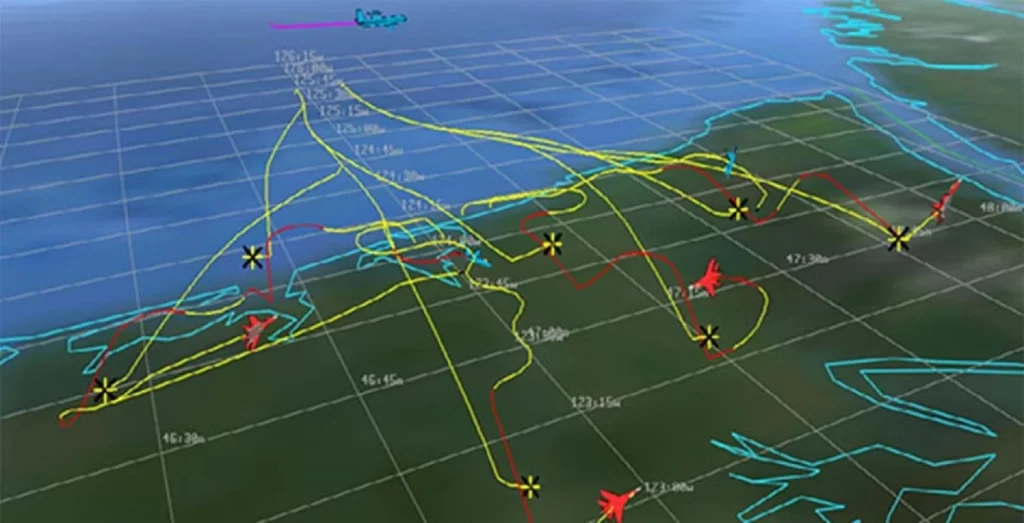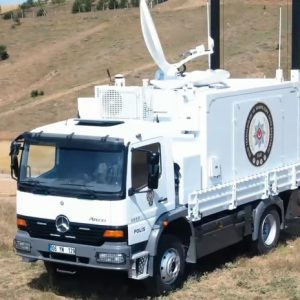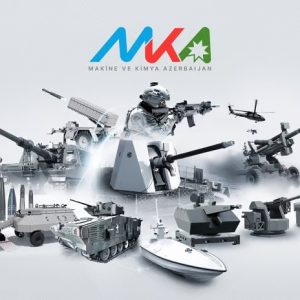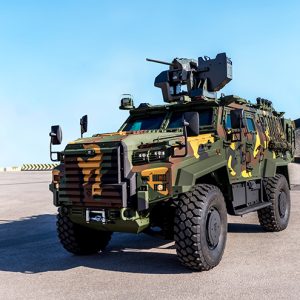The defence and aerospace industry is no stranger to innovation, and the quest for enhancing the capabilities of autonomous systems remains at the forefront of technological advancements. In a recent development, the Defense Advanced Research Projects Agency (DARPA) has unveiled a groundbreaking Low-Fidelity Simulations for Autonomous Systems. This paradigm-shifting discovery has the potential to redefine the landscape of autonomous systems, making them more efficient and adaptive than ever before.

The DARPA Breakthrough
DARPA, a leading force in pushing the boundaries of defense and aerospace technology, has been tirelessly exploring ways to optimize autonomous systems. Their latest research has uncovered a fascinating phenomenon – autonomous systems learn more efficiently when exposed to low-fidelity simulations. This revelation has significant implications for the industry, and we are here to delve into the details.
Understanding Low-Fidelity Simulations
Low-fidelity simulations, as the name suggests, are simplified representations of the real world. They offer a basic environment for autonomous systems to operate and learn within. These simulations are less resource-intensive and quicker to set up compared to high-fidelity simulations, which attempt to replicate real-world scenarios in intricate detail.
The Accelerated Learning Effect
One of the most remarkable aspects of low-fidelity simulations is the accelerated learning effect they provide to autonomous systems. These simulations enable autonomous systems to adapt and learn faster, thanks to the reduced complexity of the environment. Here’s why it matters:
Faster Iteration and Testing
In the fast-paced world of defense and aerospace, the ability to iterate and test autonomous systems rapidly is a competitive advantage. Low-fidelity simulations allow for quick testing, making it possible to fine-tune algorithms and improve the performance of autonomous systems with unprecedented speed.
Reduced Resource Consumption
High-fidelity simulations demand significant computational resources, both in terms of processing power and time. Low-fidelity simulations, on the other hand, are far less resource-intensive, reducing the cost and energy expenditure required for training autonomous systems.
Adaptability to Diverse Scenarios
Autonomous systems that learn in low-fidelity environments exhibit greater adaptability when deployed in real-world, high-fidelity scenarios. This adaptability is a critical asset in a constantly evolving defense landscape.
Practical Applications
The implications of this breakthrough are vast, with practical applications spanning the defense and aerospace industry:
Military Operations
In military operations, where adaptability and rapid learning are paramount, the use of low-fidelity simulations can drastically improve the performance of autonomous systems. Whether it’s unmanned aerial vehicles, ground vehicles, or robotic units, accelerated learning translates to better decision-making in the field.
Aerospace Industry
The aerospace sector can benefit from accelerated learning in the development of autonomous drones, air traffic control systems, and even spacecraft. Low-fidelity simulations offer a cost-effective way to train and refine these systems before they take flight.
Emergency Response
In emergency response scenarios, such as search and rescue missions or disaster relief, autonomous systems can be a game-changer. They can quickly adapt to unpredictable and challenging environments, thanks to their accelerated learning in low-fidelity simulations.
Future Prospects
As the defense and aerospace industry continues to embrace the advantages of low-fidelity simulations for training autonomous systems, the future looks promising. The rapid evolution of technology in this space promises to enhance security, improve operational efficiency, and contribute to safer and more effective missions.
Conclusion
The revelation that autonomous systems learn faster in low-fidelity simulations is a testament to the relentless pursuit of excellence in the defense and aerospace industry. DARPA’s groundbreaking discovery has far-reaching implications, from military operations to space exploration, and from emergency response to commercial applications.
As we embrace this technological leap, the potential for autonomous systems to become more adaptive and capable than ever before is within reach. With low-fidelity simulations paving the way for accelerated learning, the defense and aerospace industry stands on the brink of a new era, where autonomy meets efficiency in a dynamic and ever-changing world.











